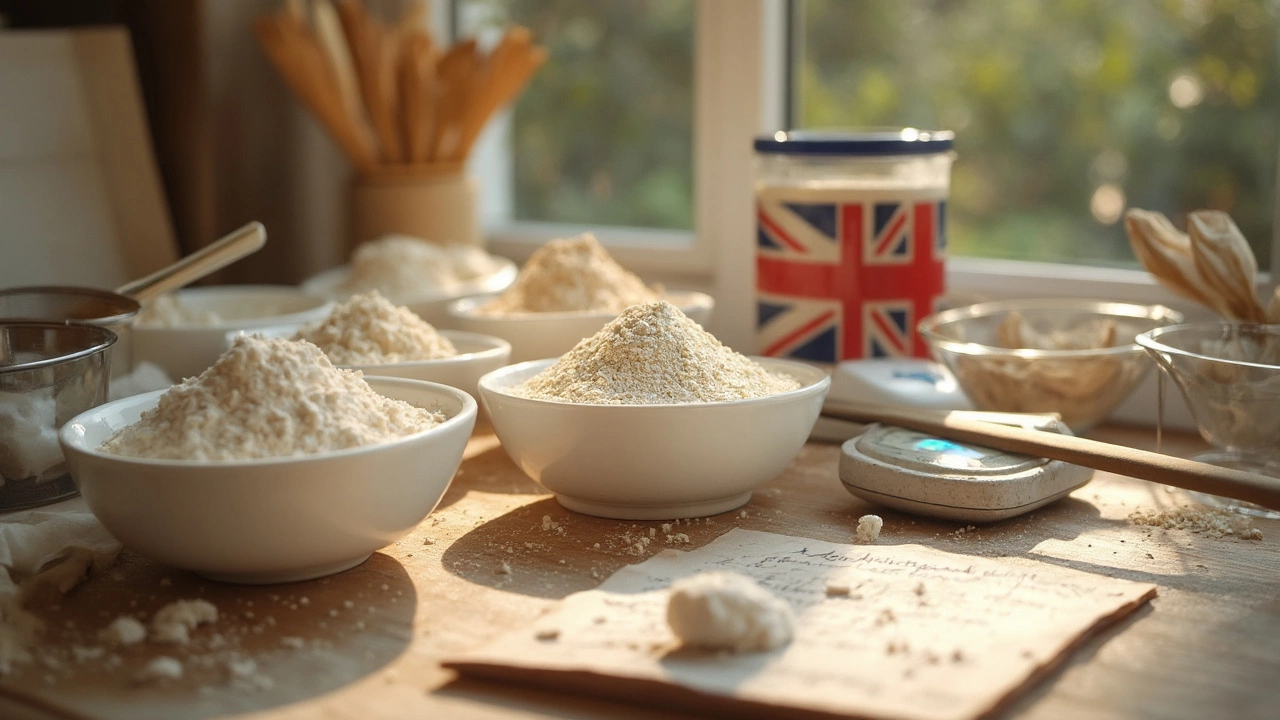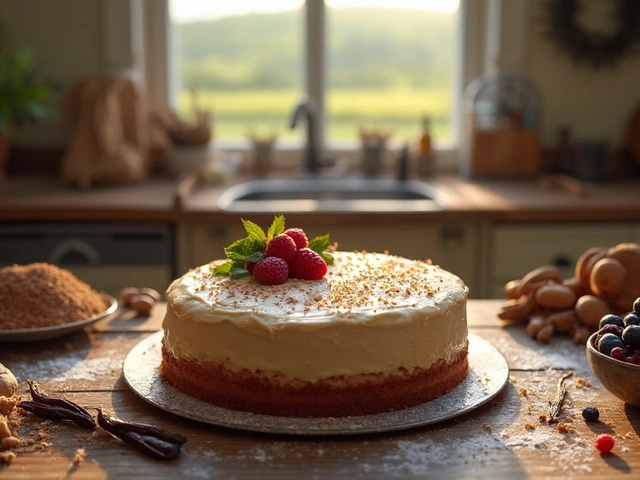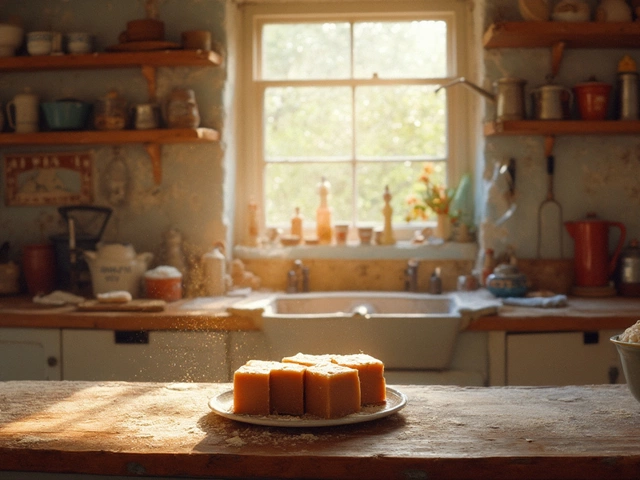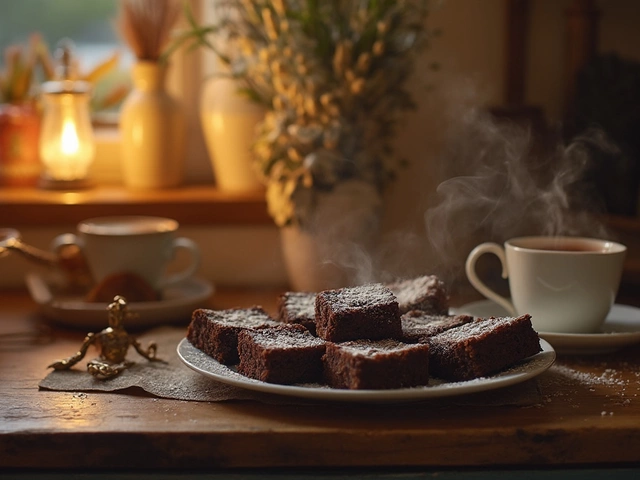Baking Macarons Made Simple
If you’ve ever stared at a picture of a flawless macaron and thought, “That looks impossible,” you’re not alone. The good news is that baking macarons isn’t magic—it’s about mastering a few basics and practising a little. In this guide we’ll walk through the gear you need, the step‑by‑step process, and some handy shortcuts so you can get tasty, smooth‑shelled macarons without endless trial and error.
Essential Tools for Perfect Macarons
First things first: you don’t need a professional kitchen, but a few tools make a huge difference. A kitchen scale is a must because macarons rely on precise ratios. Measure your almond flour, powdered sugar, and egg whites by weight, not volume.
A silicone baking mat or parchment paper keeps the shells from sticking, and a good piping bag with a round tip helps you pipe consistent circles. A simple bench scraper is handy for folding the batter and smoothing the tops before they bake.
Finally, a low‑heat oven (around 150 °C or 300 °F) gives you control. If your oven runs hot, use an oven thermometer and lower the rack a level. With these basics you’re set for success.
Step‑by‑Step Guide to Baking Macarons
1. Prep the dry mix. Sift almond flour and powdered sugar together at least twice. This removes lumps and ensures a smooth shell.
2. Whip the egg whites. Start with room‑temperature egg whites, add a pinch of cream of tartar, and whisk until soft peaks form. Slowly add granulated sugar while the mixer is on, then continue until the meringue is glossy and holds stiff peaks.
3. Macaronage. Gently fold the dry mix into the meringue with a spatula. The batter should flow like lava—smooth, thick, and when you lift the spatula it should form a ribbon that slowly slides back into the bowl. Over‑mixing will make the shells flat; under‑mixing will cause cracks.
4. Pipe the shells. Transfer the batter to a piping bag and pipe 1‑inch circles onto your mat, spacing them about an inch apart. Tap the tray on the counter a few times to release air bubbles.
5. Rest before baking. Let the shells sit 30‑60 minutes. They should form a dry‑to‑touch skin; this prevents cracks and creates the classic “feet” during baking.
6. Bake. Slide the tray into a preheated oven. Bake for 12‑15 minutes. The shells should lift easily off the mat and have a smooth top.
7. Cool and fill. Let them cool completely before pairing similar sizes. Fill with buttercream, ganache, or jam—whatever you like.
8. Store. Keep filled macarons in an airtight container in the fridge for up to two days. They actually taste better after a few hours, once the flavors meld.
Now you have the core recipe. Want to play with size? Our Macaron Size Guide explains how a 2‑inch shell changes texture and plating. Curious about building a tower? Check out our 5‑Tier Macaron Tower Guide for math and design tricks.
Budget‑wise, a box of macarons can cost anywhere from $15 to $30 depending on the bakery. If you’re watching the price, our Macaron Pricing Guide 2025 shows what to expect and how to buy in bulk without compromising quality.
With these steps and tips, you can turn a once‑daunting dessert into a fun weekend project. Grab your scale, start mixing, and enjoy the satisfying snap of a perfect macaron shell. Happy baking!






